15 Foods You Need to Try in Southeast Asia
The food in Southeast Asia is a true reflection of the region’s diverse cultures. From spicy curries to refreshing salads, there is something for every taste. These dishes are packed with fresh ingredients and bold flavors that you can only find in this part of the world. If you are in the area, make it a point to dive into the local cuisine. Your adventure in taste is just waiting to begin.
This post may contain affiliate links, which helps keep this content free. Please read our disclosure for more info.
Pad Thai (Thailand)
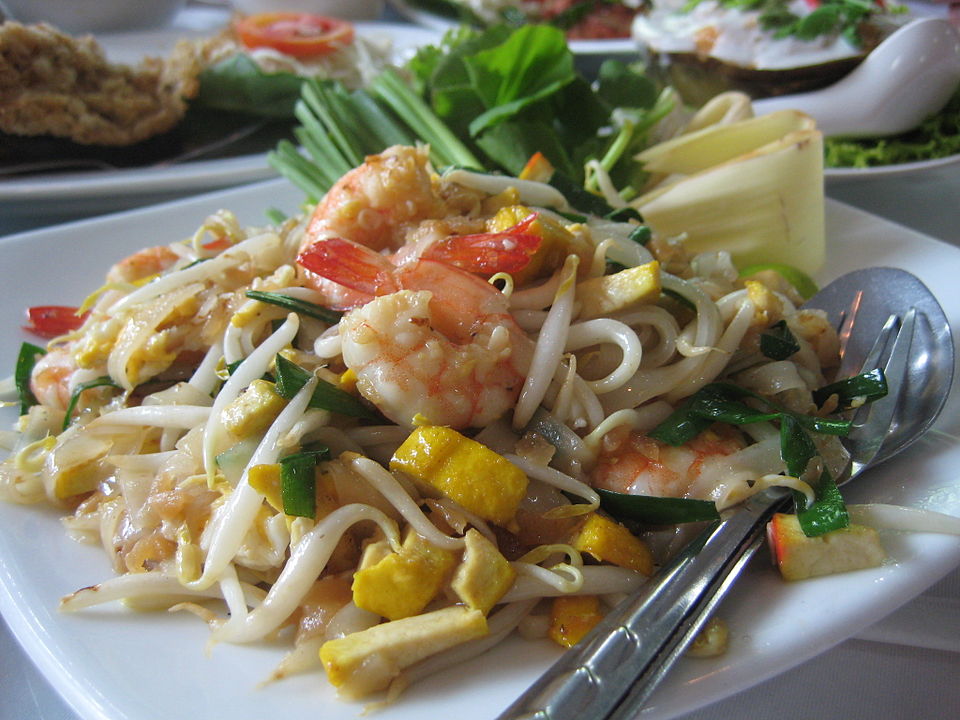
Pad Thai is a beloved stir-fried noodle dish from Thailand. It is typically made with rice noodles, eggs, tofu or shrimp, and topped with crushed peanuts and lime. The combination of sweet, sour, and salty flavors makes it incredibly satisfying. You can find it at street food stalls or in restaurants, and it is often served with fresh herbs and a chili sprinkle for an extra kick.
What makes Pad Thai a must-try is its perfect balance of flavors and textures. The smoky taste from the stir-frying, paired with the freshness of the lime and herbs, offers a unique eating experience. Whether you enjoy it mild or spicy, Pad Thai is an essential part of Thailand’s food culture. Don’t miss this dish when you are exploring the vibrant streets of Bangkok or Chiang Mai.
Pho (Vietnam)
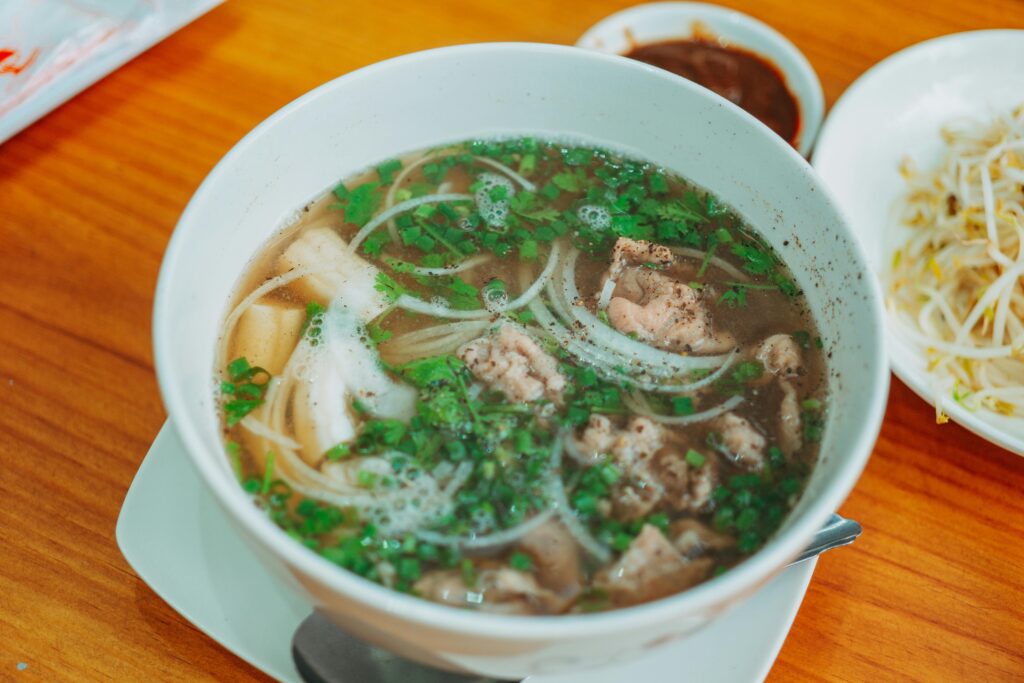
Pho is a fragrant Vietnamese noodle soup that is often considered the country’s national dish. It features a rich broth made from beef or chicken, paired with soft rice noodles and topped with fresh herbs. A squeeze of lime, some bean sprouts, and a dash of chili sauce elevate the taste even further. Pho is typically eaten for breakfast but can be enjoyed at any time of the day.
The deep, savory broth of Pho is simmered for hours, allowing the flavors to develop and create an unforgettable experience. It is a comforting and hearty meal, perfect for any weather, and can be found in nearly every corner of Vietnam. From the bustling streets of Hanoi to the vibrant markets of Ho Chi Minh City, Pho is a must-try dish. Its unique flavors will transport you straight to the heart of Vietnamese food culture.
Nasi Lemak (Malaysia)
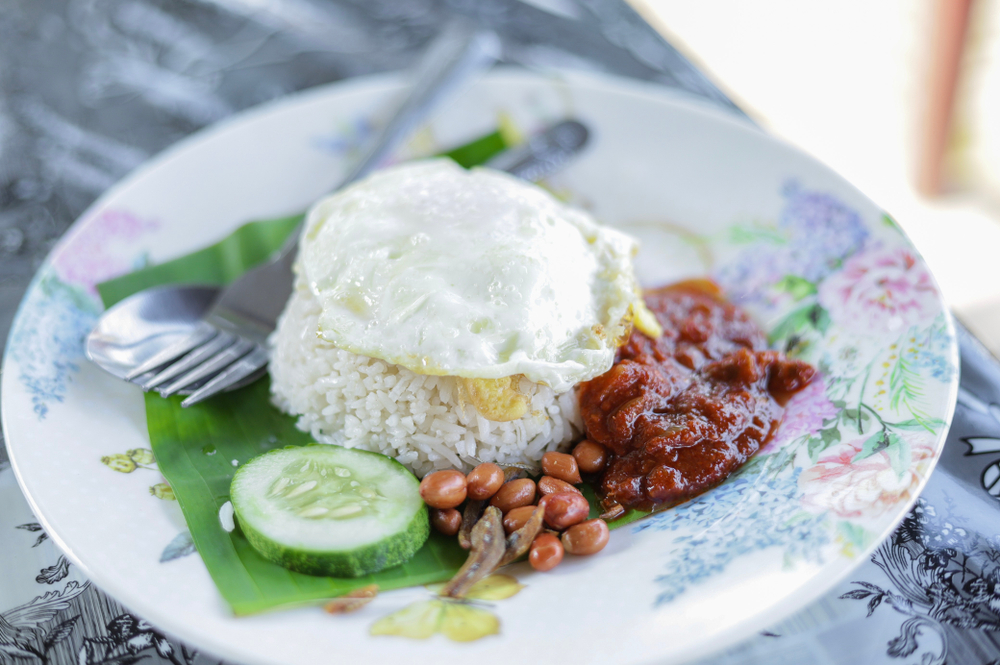
Nasi Lemak is often considered Malaysia’s national dish. This fragrant rice is cooked with coconut milk, making it creamy and aromatic, and is served with a variety of sides such as fried anchovies, cucumber slices, a hard-boiled egg, and sambal, a spicy chili paste. It is commonly enjoyed for breakfast but is delicious at any time of the day. Some variations may include chicken or beef rendang.
The dish’s charm lies in its balance of richness from the coconut milk, spice from the sambal, and crunchiness from the anchovies. It is a perfect reflection of Malaysia’s diverse culinary influences, blending flavors from Malay, Chinese, and Indian cooking traditions. Nasi Lemak is so popular that it is served everywhere, from local street vendors to upscale restaurants. Be sure to try it when you visit Kuala Lumpur or Penang for an authentic taste of Malaysia.
Laksa (Singapore/Malaysia)
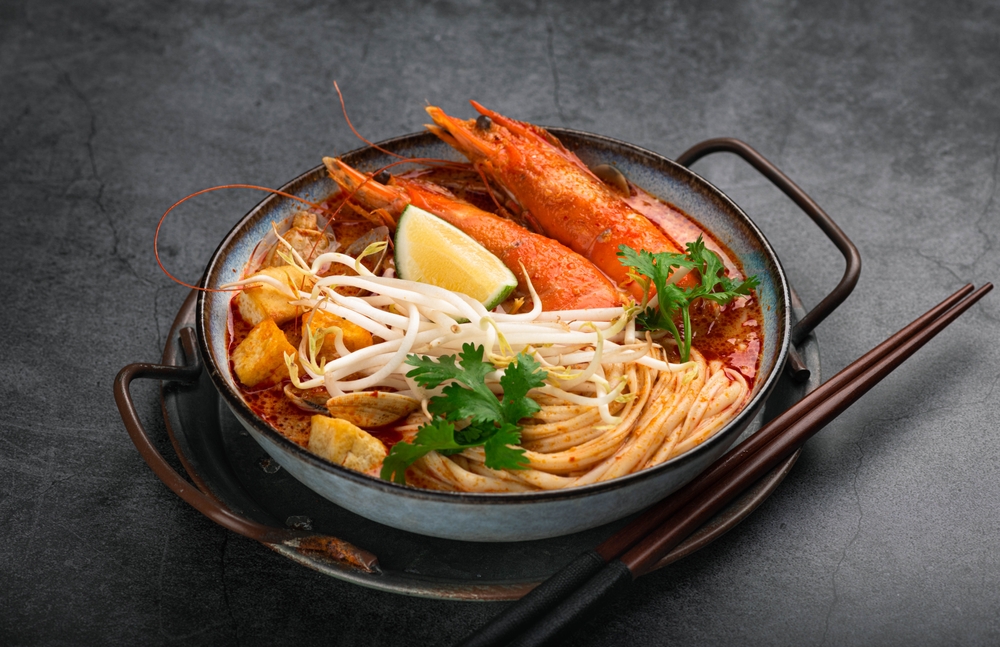
Laksa is a spicy noodle soup that comes in two main varieties: the creamy coconut-based version and the sour, tamarind-based one. Originating from the Peranakan culture, it is filled with thick rice noodles, prawns, tofu, and sometimes chicken, all soaked in a flavorful broth. The combination of spices, herbs, and coconut makes for a bold and comforting dish that is perfect for a warm day.
What makes Laksa a must-try is the vibrant explosion of flavors in every bite. The rich coconut milk or tangy tamarind broth offers a deep and savory base, while the fresh ingredients bring a balance of textures. Often served with a hard-boiled egg and a sprinkle of chili, it is the kind of dish that excites the senses. Whether in the heart of Singapore or along the streets of Penang, Laksa is a dish you will want to savor.
Satay (Indonesia)

Satay is a popular street food throughout Southeast Asia, but it is particularly famous in Indonesia. It consists of marinated skewers of meat, usually chicken, beef, or lamb, that are grilled over open flames and served with a rich peanut sauce. The meat is tender and slightly smoky from the grill, while the peanut sauce adds a creamy, savory finish.
What makes Satay a must-try is its simplicity yet full flavors. The combination of the smoky, charred meat and the rich peanut sauce is a match made in heaven. It is commonly served with rice cakes, and the dish’s portable nature makes it ideal for eating on the go. No visit to Indonesia or Malaysia is complete without trying this delicious street food.
Hainanese Chicken Rice (Singapore)
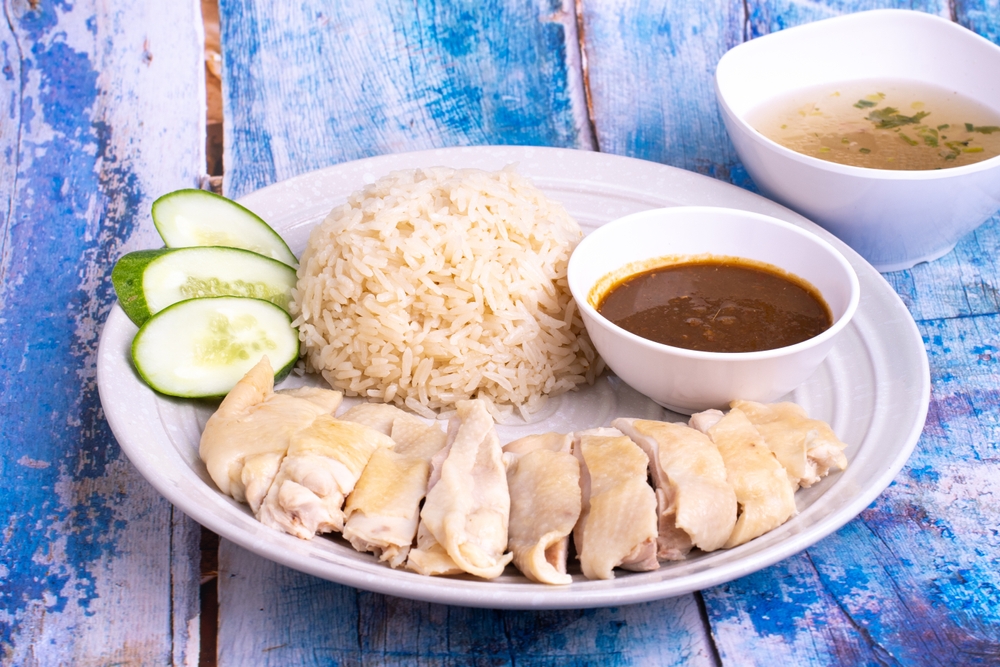
Hainanese Chicken Rice is a dish with humble beginnings, originating from the Hainan province of China but perfected in Singapore. The dish consists of tender chicken, cooked in a flavorful broth, served with fragrant rice cooked in chicken fat, and accompanied by chili sauce and a small bowl of clear soup. The rice is as much a star of the dish as the chicken itself.
The dish is incredibly satisfying because of its balance of flavors. The chicken is delicately poached, ensuring it remains juicy, while the rice has a savory depth thanks to the chicken fat. It is often served in hawker centers and restaurants throughout Singapore, making it a go-to meal for locals and visitors alike. You can find variations of this dish, but the simplicity and comforting nature of Hainanese Chicken Rice remain a constant.
Banh Mi (Vietnam)
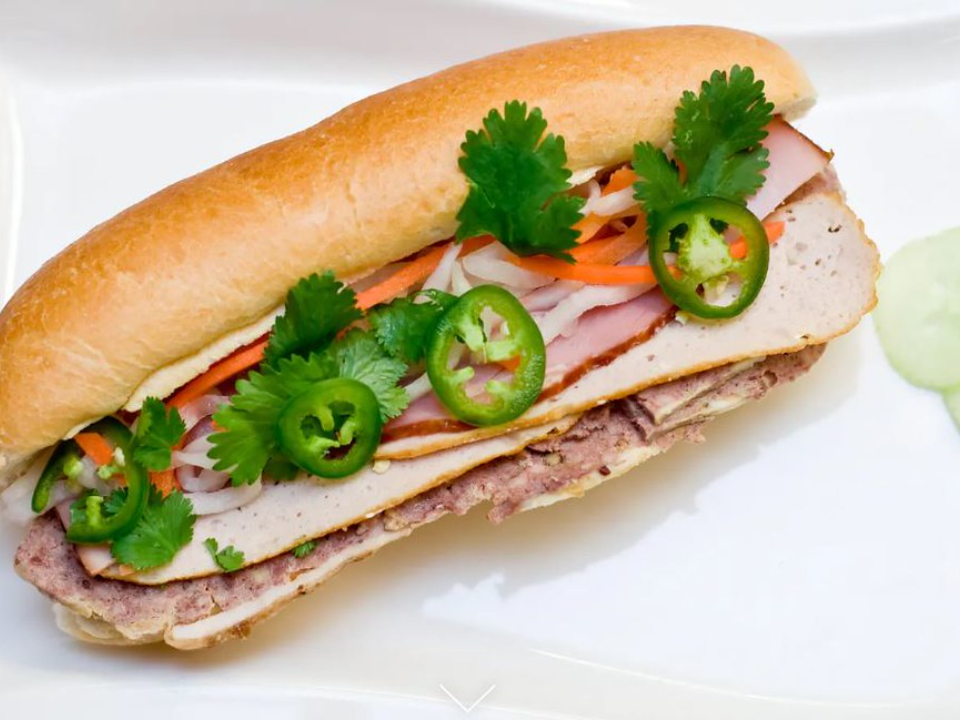
Banh Mi is a Vietnamese sandwich that combines French baguettes with traditional Vietnamese ingredients. The baguette is crispy on the outside, soft on the inside, and filled with a variety of meats such as pork, chicken, or beef, along with pickled vegetables, fresh herbs, and a savory spread. This fusion dish reflects Vietnam’s colonial past while incorporating bold, local flavors.
What makes Banh Mi a must-try is its delightful contrast of textures and flavors. The crunch of the baguette, combined with the savory filling and tangy pickled vegetables, creates a balanced and satisfying bite. It is a popular street food found all over Vietnam, from small vendors to larger shops. Whether you are on the streets of Hanoi or Ho Chi Minh City, a Banh Mi will surely be a highlight of your food adventure.
Khao Pad (Thailand)
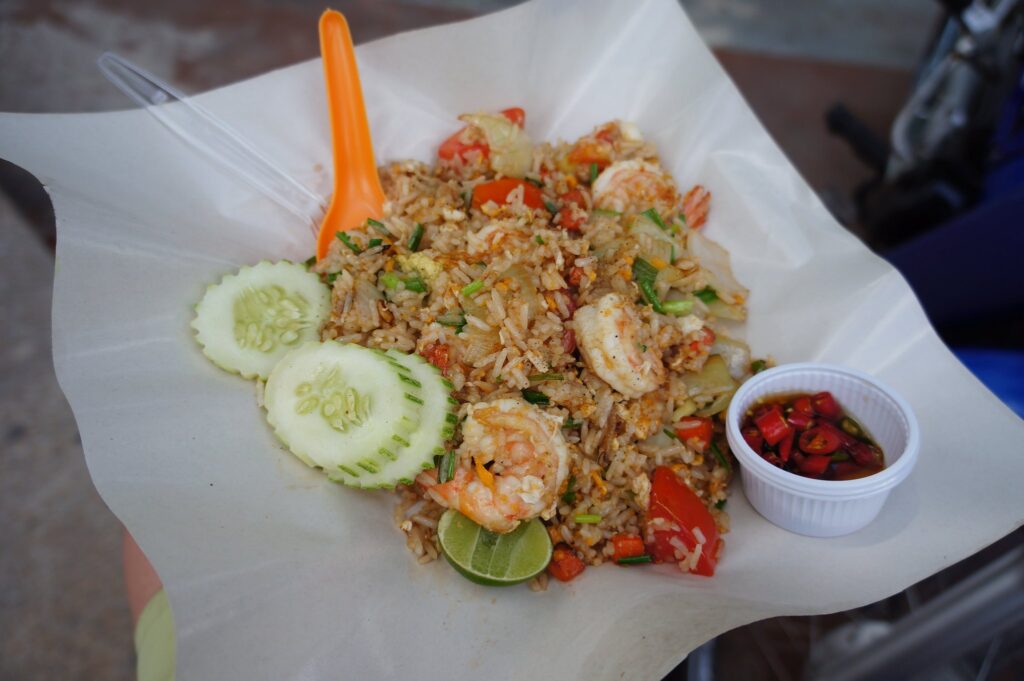
Khao Pad, or Thai fried rice, is a flavorful dish that combines stir-fried rice with a variety of fresh ingredients. Typically made with leftover rice, the dish is cooked with shrimp, chicken, or vegetables, along with eggs, onions, and a blend of Thai seasonings. It is often served with a side of fresh cucumber and lime for added freshness.
What makes Khao Pad stand out is its simplicity and versatility. The dish is quick to prepare, making it a common comfort food in Thailand. It can be customized to your preferences, with various meats or even a vegetarian version. Whether you are enjoying it from a street vendor or a local restaurant, Khao Pad is a satisfying meal you can enjoy any time of the day.
Roti Canai (Malaysia/India)
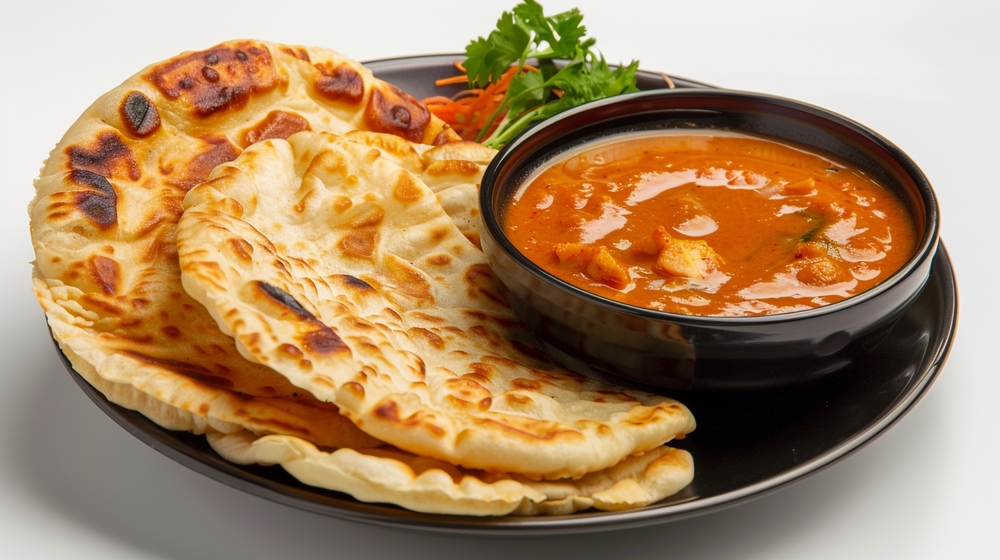
Roti Canai is a crispy, flaky flatbread that originates from India but has become a favorite in Malaysia and Singapore. It is typically served with dhal (lentil curry) or other curries, offering a perfect balance of savory flavors. The flatbread is made by stretching the dough and frying it until golden and crispy.
The appeal of Roti Canai lies in its texture and versatility. The crispy exterior gives way to a soft interior, making it an ideal bread for dipping into curry. It is often eaten for breakfast, but its popularity ensures it is available throughout the day. Whether paired with curry or sugar for a sweet version, Roti Canai is a must-try dish in Malaysia.
Kuy Teav (Cambodia)
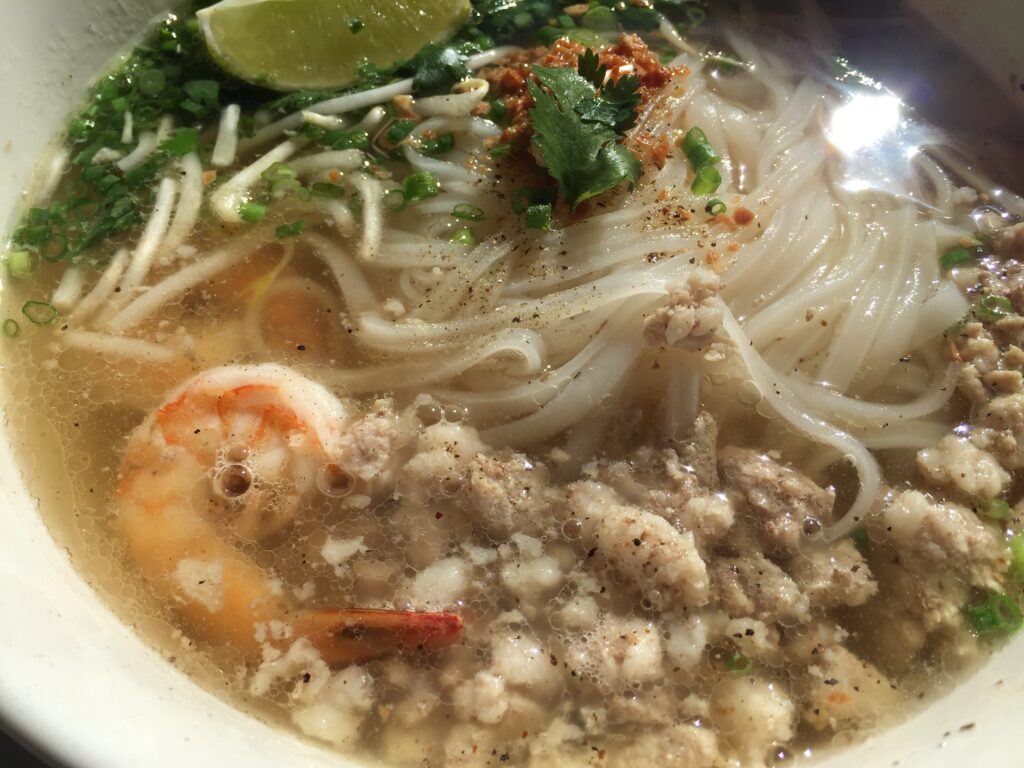
Kuy Teav is a Cambodian noodle dish commonly eaten for breakfast. It consists of rice noodles served in a light broth, often accompanied by pork, beef, or chicken. Garnished with herbs, fried shallots, and chili, it offers a comforting, savory flavor.
What makes Kuy Teav a must-try is its simplicity and warmth. The broth is light yet flavorful, offering a delicate taste that is easy on the palate. Often enjoyed as a morning meal, it is a popular choice for locals to start the day. For a taste of Cambodian comfort food, Kuy Teav is a perfect dish to try.
Som Tum (Thailand)
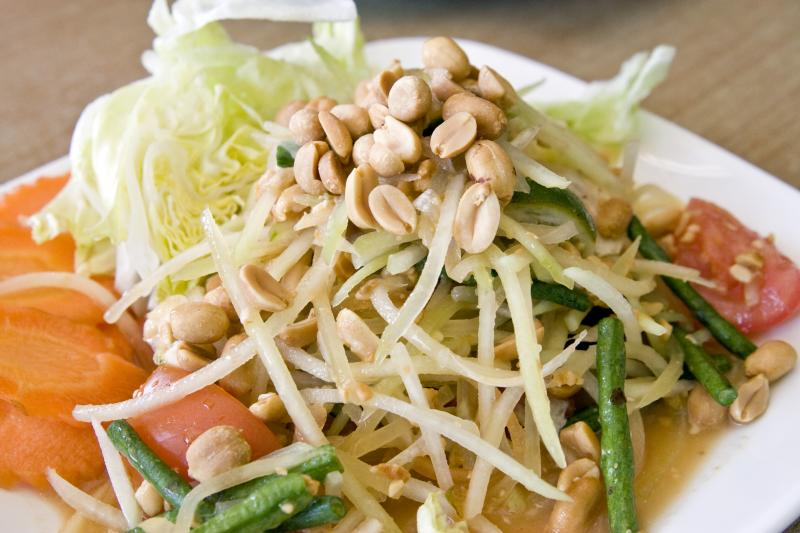
Som Tum is a traditional Thai papaya salad made with shredded green papaya, tomatoes, chilies, garlic, peanuts, and lime. It is known for its bold flavors, balancing the heat from the chilies with the sourness from the lime and sweetness from the sugar. It can be made as spicy as you prefer, making it a versatile and refreshing dish.
The combination of fresh ingredients and intense flavors makes Som Tum a must-try in Thailand. It is often served as a side dish but can also be enjoyed on its own. The mix of textures—from the crunch of the papaya to the smoothness of the peanuts—adds to its appeal. Whether eaten as part of a meal or as a snack, Som Tum is a staple in Thai cuisine.
Babi Guling (Bali, Indonesia)
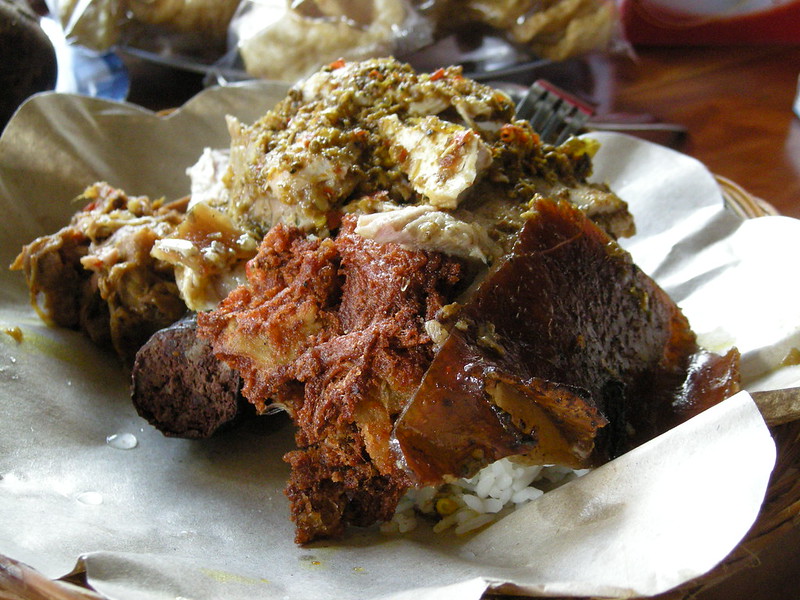
Babi Guling is a traditional Balinese dish made with roast pork that is marinated with turmeric and spices. The pork is slowly roasted until the skin is crispy and golden, while the meat remains tender and juicy. Often served with rice and a variety of side dishes, it is a dish that is rich in flavor.
What makes Babi Guling a must-try is its cultural significance in Bali. It is commonly served at celebrations and ceremonial events, adding to its prestige. The pork is often seasoned with a mix of spices, giving it a unique and aromatic flavor. If you find yourself in Bali, this dish is an essential part of the island’s culinary heritage.
Chendol (Malaysia/Indonesia)
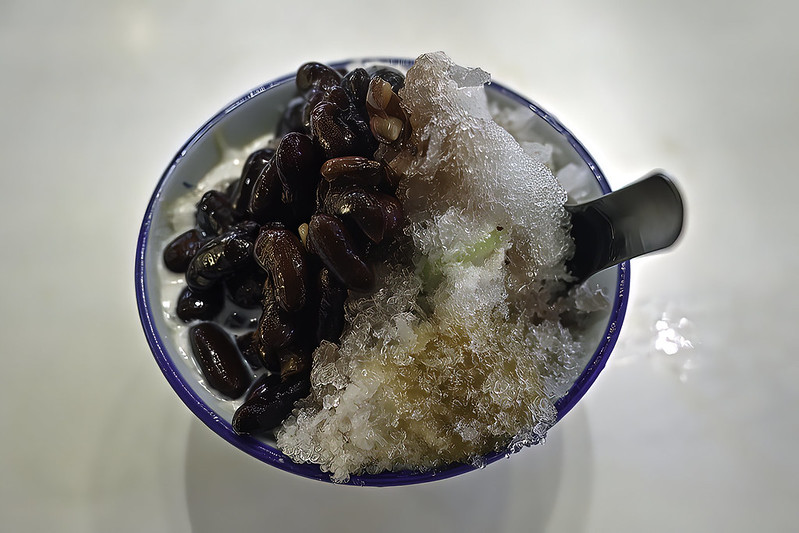
Chendol is a popular dessert in Malaysia and Indonesia, made from shaved ice topped with green rice flour jelly, coconut milk, and palm sugar syrup. It is a refreshing treat that is perfect for hot weather, offering a balance of sweet and creamy flavors. The green jelly is made from pandan leaves, giving it a distinctive color and aroma.
The uniqueness of Chendol lies in its texture and flavors. The shaved ice, combined with the chewy jelly and sweet syrup, creates a delightful contrast. It is often served with red beans or corn, adding extra layers of flavor. Whether enjoyed at a local market or a specialty shop, Chendol is a must-try dessert in Southeast Asia.
Sinigang (Philippines)
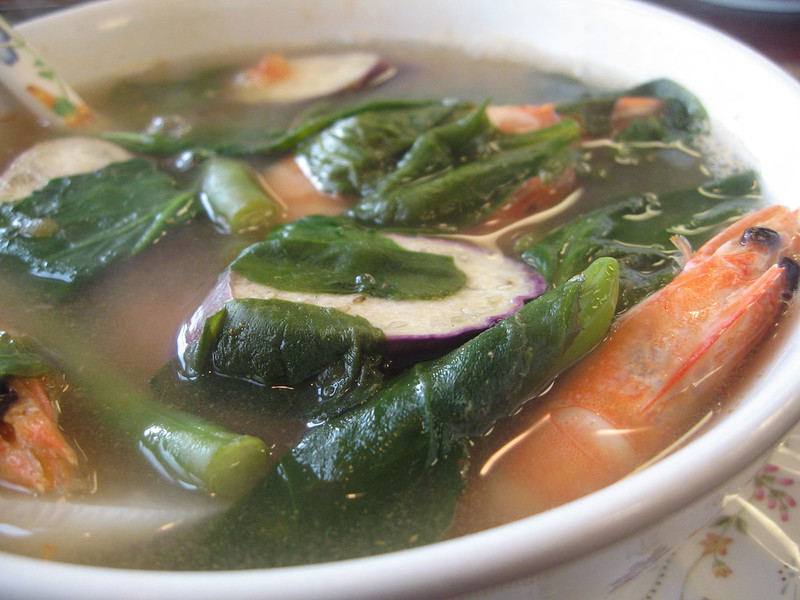
Sinigang is a sour Filipino soup made with tamarind, tomatoes, and a variety of meats, including pork, shrimp, or fish. It is often served with vegetables such as okra, eggplant, and kangkong. The sour broth is the highlight of the dish, providing a tangy and refreshing flavor.
What makes Sinigang a must-try is its unique sourness, which is both comforting and invigorating. The dish is perfect for rainy days or when you need a hearty meal. It reflects the Filipino love for bold and balanced flavors, and it is often served with rice. Whether in a home kitchen or a restaurant, Sinigang is a Filipino favorite that everyone should experience.
Adobo (Philippines)
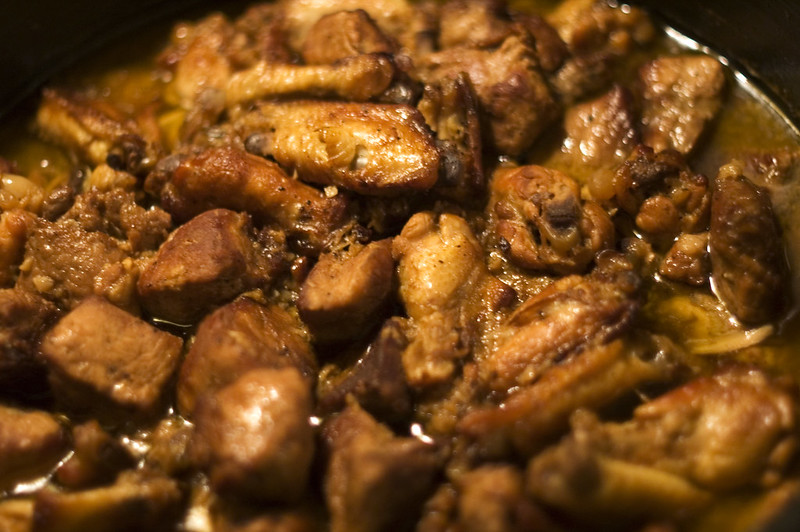
Adobo is one of the most iconic dishes in the Philippines, made by simmering meat, which is usually chicken or pork in a mixture of soy sauce, vinegar, garlic, and spices. The result is tender, flavorful meat that pairs perfectly with rice. The dish’s balance of salty, tangy, and savory flavors makes it a crowd favorite.
What makes Adobo a must-try is its versatility and simplicity. The ingredients are easy to find, but the flavor is complex and satisfying. It can be made in various ways, with regional variations that reflect the different tastes of the Philippines. Whether you are visiting the country or trying it at home, Adobo is a dish that will always deliver comfort and satisfaction.
This article originally appeared on Avocadu.
